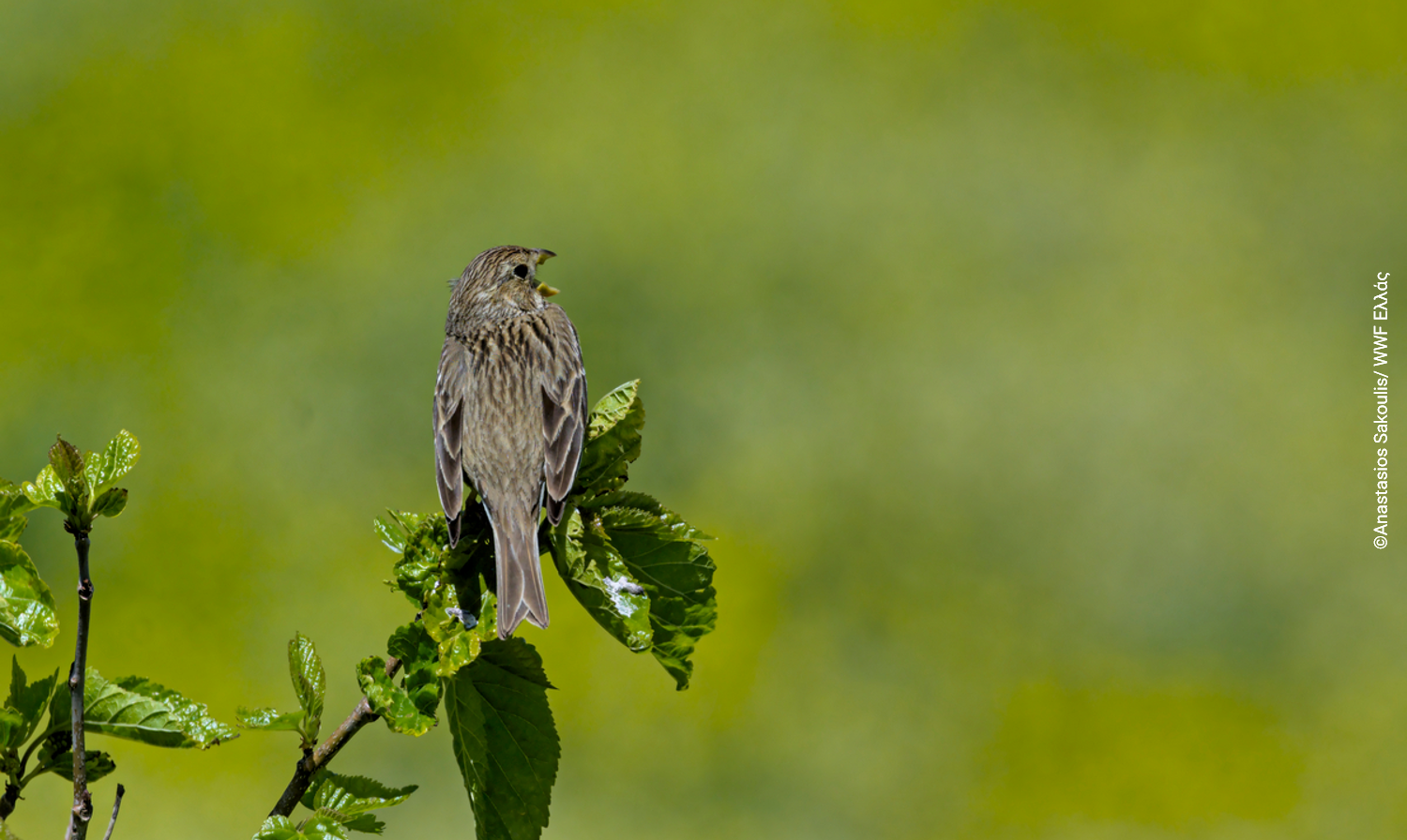
Protection of Greek nature through 1 billion euro actions in the Natura 2000 network
One of the most important LIFE-IP 4 Natura project’s actions, the Greek multiannual Prioritized Action Framework (PAF), was completed upon approval by the European Commission, in December 2020. The Greek PAF aims to enhance Natura 2000 network operational efficiency.
The Greek PAF is the strategic planning tool, and at the same time a “road map”, for enhancing the use of EU funding resources for financing needs of Greek Natura 2000 areas.
Strategic planning tool
The European Commission, in order to ensure the Natura 2000 network financing, has established through the European Directive 92/43/EEC the procedure for member states to develop Priority Action Frameworks (PAFs).
The PAFs aim at specifying Natura 2000 financing needs, thus facilitating their inclusion in the EU financial instruments i.e. the structural funds (European Regional Development Fund, Cohesion Fund, European Agricultural Development Fund, European Maritime and Fisheries Fund, European Social Fund) but also other programmes and financial tools of the Union (LIFE, Interreg, Horizon).
Careful and strategic planning is crucial for effective implementation of Natura 2000 management plans and measures, and for sound management of EU resources. In this perspective, the PAFs are member state’s strategic multiannual planning tool for a 7 year period.
What are the financial needs for Natura 2000 network effective management?
The Natura 2000 network includes 446 terrestrial and marine areas in Greece with a total area of 58,859 km2, covering 27.59% of total land and 19.6% of the country’s total marine area. For the effective management of this extensive but also highly complex network, it is necessary to secure sufficient funding, which will guarantee the implementation of numerous actions and measures for the protection, conservation and restoration of species and habitat types.
The Greek PAF 2021-2027 includes a total of 271 measures to support the Natura 2000 network. The measures include detailed cost and quantitative objectives and in the majority they are specialized per regional unit. In the 2021-2027 programmeming period, the total estimated cost for the Natura 2000 network in Greece is 1,039 million euros, of which approximately 867 million euros correspond to operational costs and 173 million euros to extra costs / project costs.
Operating costs are associated with recurring measures that should continue in the long term (e.g. staff-training projects of protected area management bodies, annual payments to farmers for agri-environmental measures), while extra / project costs concern one-off costs usually related to non-recurring actions such as habitat restoration projects, purchase of equipment, etc.
A percentage of 9.8% of the estimated total budget is provided for horizontal measures and administrative costs, 64.1% for conservation and restoration measures of habitats and habitats of species in Natura 2000 areas, 12.7% for green infrastructure measures outside the Natura 2000 network and finally, 13.4% for additional species-specific measures not related to specific habitat- types.
How was the Greek PAF developed?
The 2021-2027 Greek PAF which takes into consideration the entire country, was prepared in the period 2018-2020 in the framework of LIFE-IP 4 Natura project (LIFE16 IPE/GR/000002) implementation by the Ministry of Environment and Energy and the Green Fund and it was approved by the European Commission in December 2020.
Τhe PAF and the respective collection of proposed measures was developed through open and participatory processes, such as workshops, an online platform for submission of measure proposals after an open invitation, meetings with representatives of relevant structural funds managing authorities, and communication with members of scientific community and the competent authorities for nature protection. By carrying out these actions, the project team achieved the participation in the consultation and measures proposal submission of authorities, expert scientists, members of the academic and research community, Protected Area Management Agencies and other interested parties
The measure selection was based on specific priorities. Some of the priorities are to improve the conservation status of species and habitat types for which the areas have been designated and whom may face the most intense threats and pressures, to improve the Natura 2000 network management, to develop green infrastructures and to address human – wildlife conflict in those areas.
